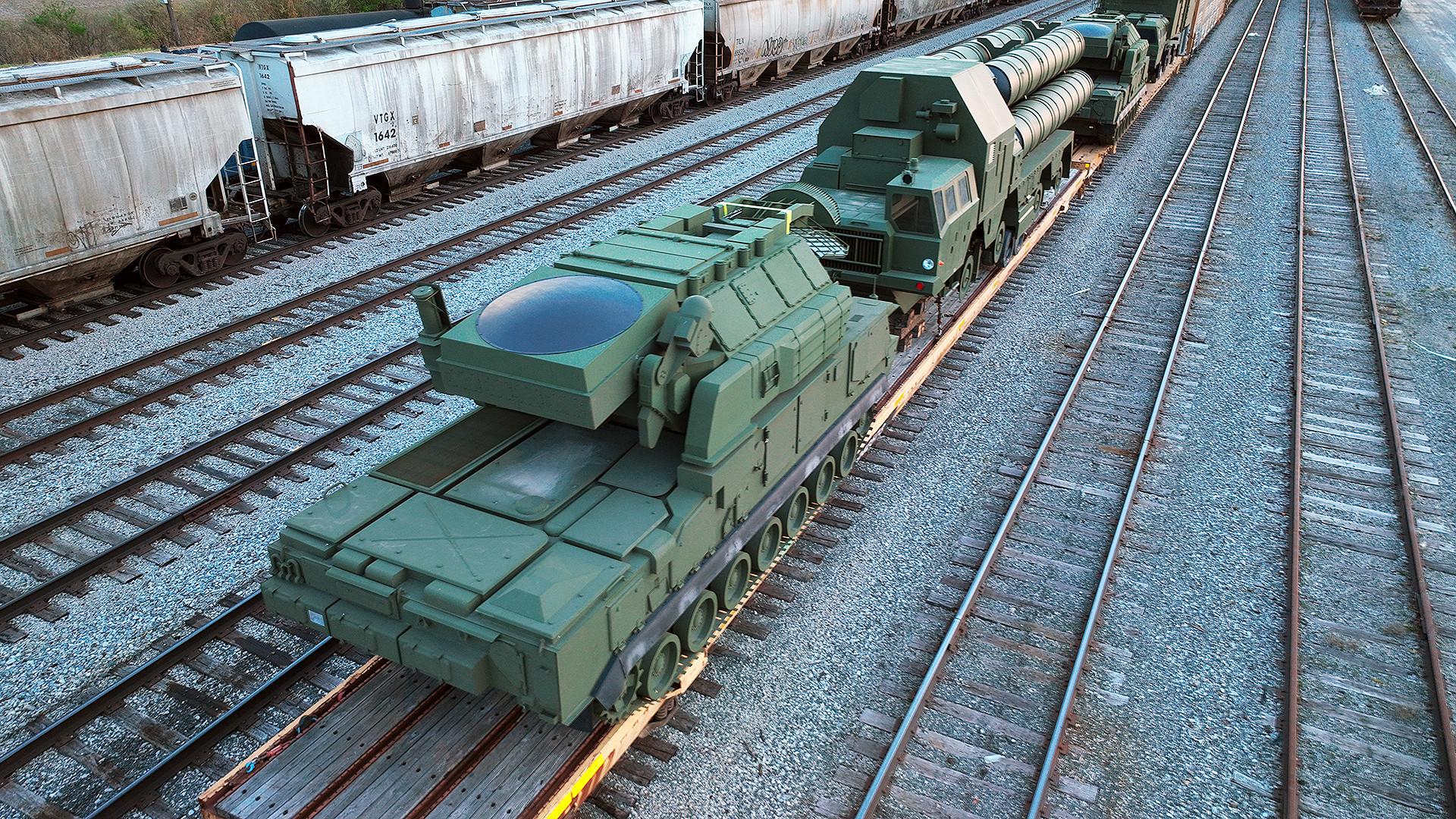If you happened to be passing by Norfolk Southern’s rail yard in Bellevue, Ohio, recently you might have come across something very unusual. Two flatbed railcars were spotted there carrying what looks to be exactly like Russian-made S-300 and Tor-M1 surface-to-air missile systems, but are very likely extremely high-fidelity mockups of them.
Joseph Zadeh, a trainspotter who goes by @aboveaverage.joe on Instagram, was kind enough to share pictures he took of these railcars and their cargo with us. There are four vehicles in total seen, two each on the pair of commercial flatbed cars. The exact owners and/or operators of the railcars or their cargo are not currently known.
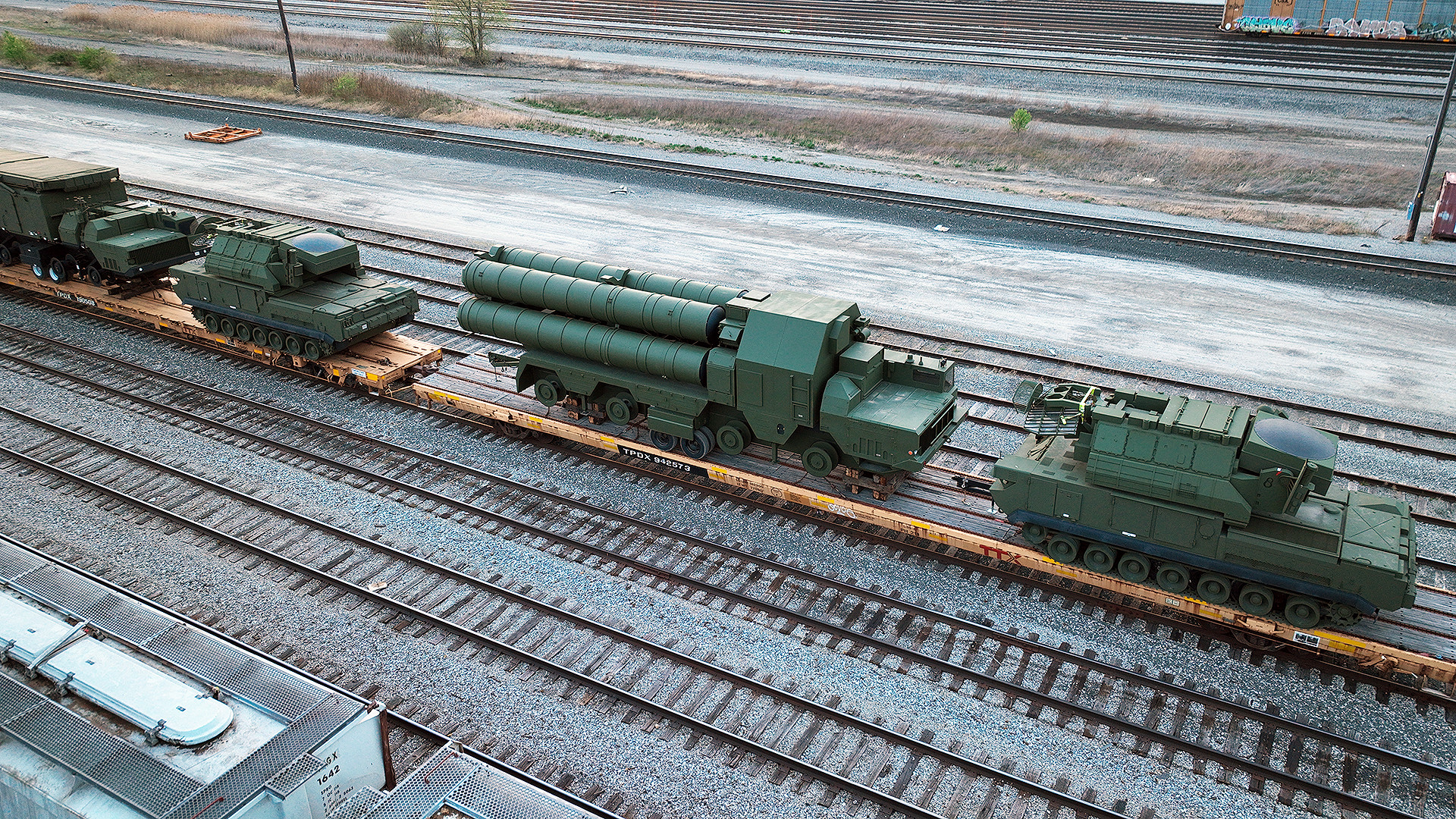
At first glance, one car has what looks to be a Tor-M1 along with a 5P85S transporter-erector-launcher (TEL), which is associated with multiple versions of the S-300 system. The other has what appears to be a variant of a mobile tracking and missile guidance radar known variously as the 5N63 and 30N6, as well as by the NATO reporting name Flap Lid, also a component of a number of variants of the S-300, along with another Tor-M1.
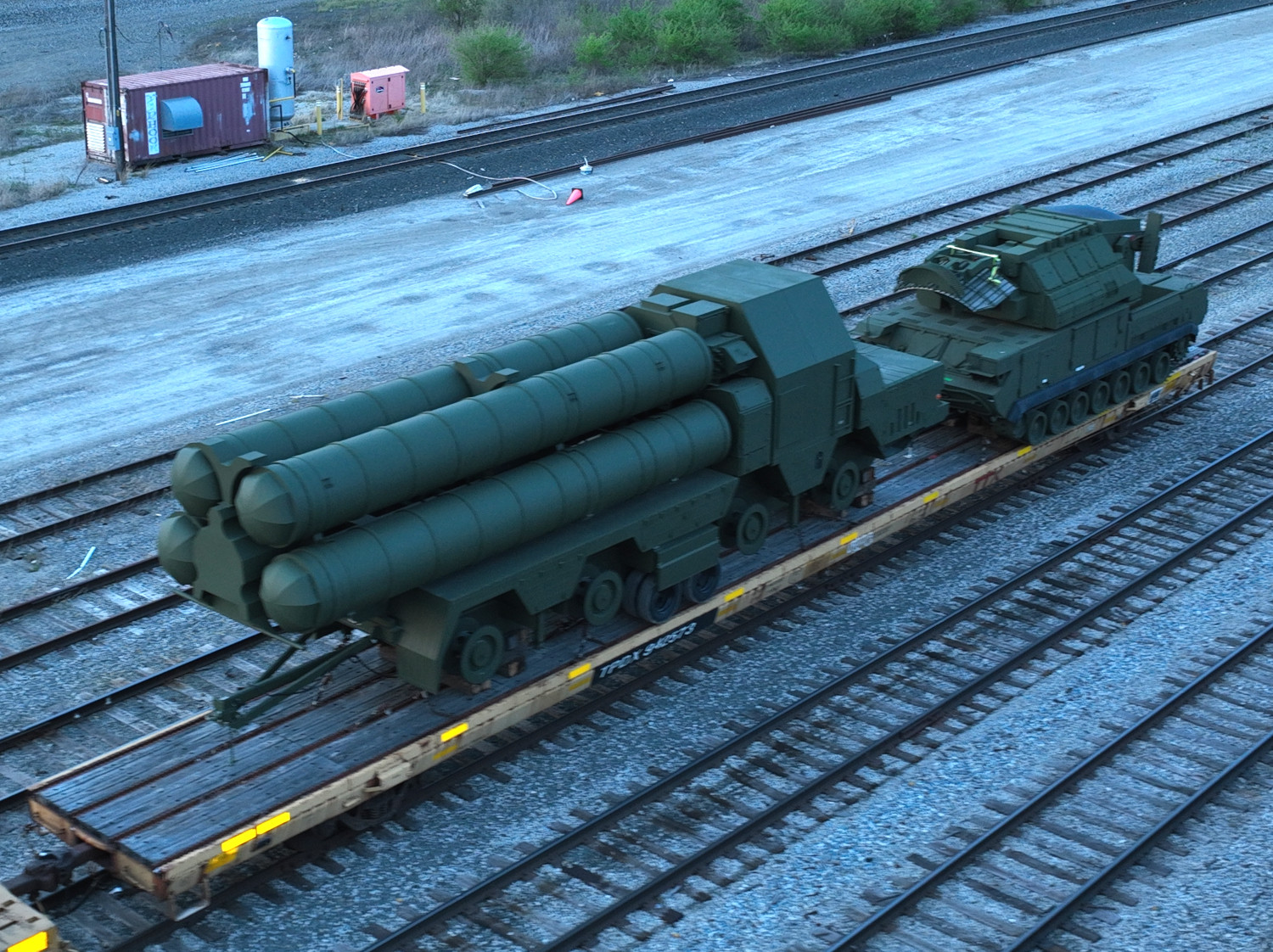
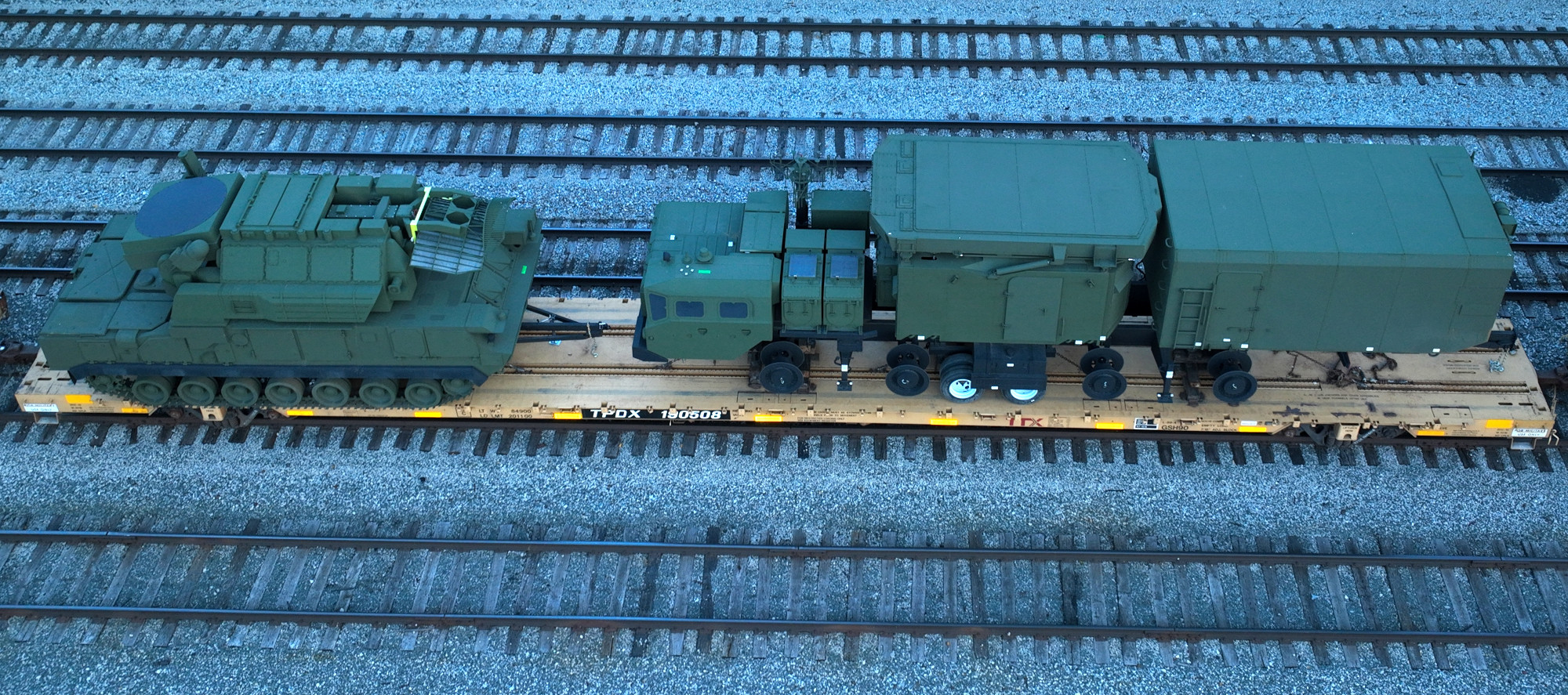
The S-300 system is a long-range surface-to-air missile system that is also capable of engaging certain threats at very high altitudes. The system also has an obscure secondary surface-to-surface strike capability, which Russian forces have actively employed in the course of the war in Ukraine.
Tor-M1 is a tracked self-contained surface-to-air missile system designed to provide short-range defense against fixed-wing aircraft, helicopters, and cruise missiles. The vehicle has two radars, one for target acquisition and another for tracking and engagement, and can be loaded with up to eight command-guided missiles at a time.
The S-300 and Tor series were both developed in the Soviet Union and versions continue to be produced in Russia today.
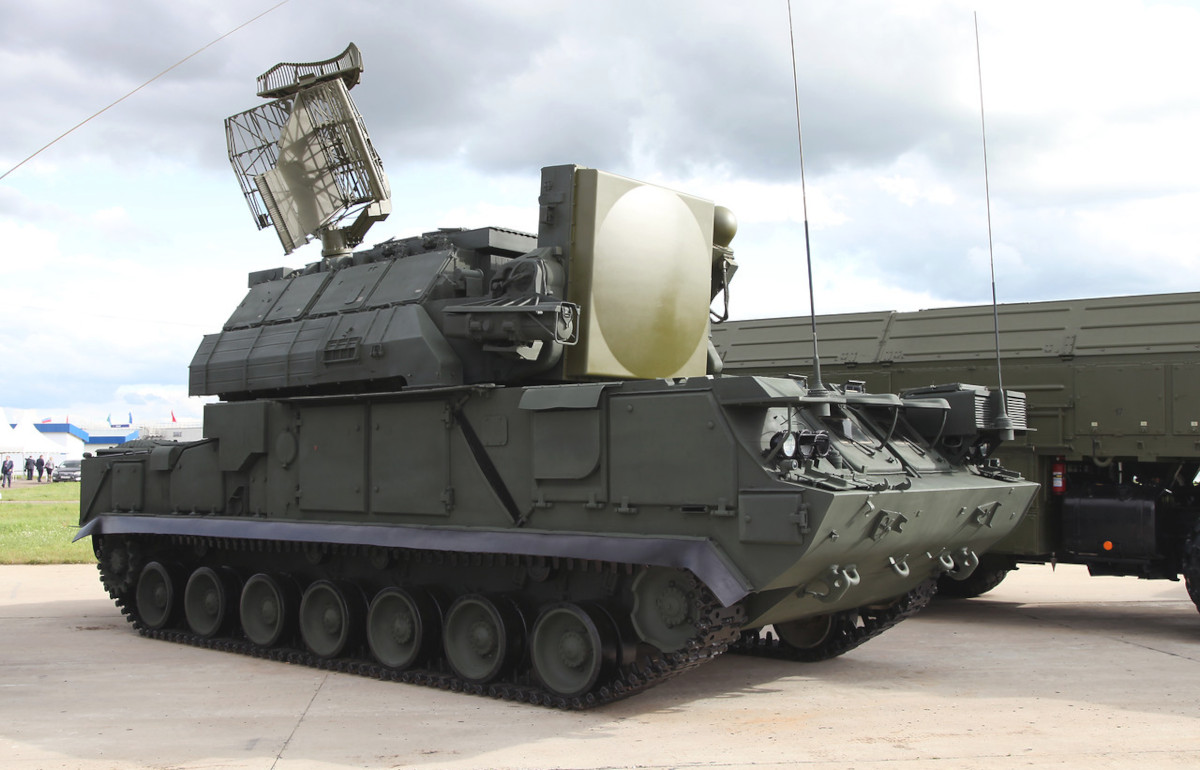
The S-300 system is a larger multi-part surface-to-air missile system, the components of which vary to some degree from variant to variant. The S-300PS system and subsequent variants based on that version have components mounted on 8×8 MAZ truck chassis, like the 5P85S TEL and the 5N63/30N6 Flap Lid radar vehicle. The 5P85S is readily identifiable by the equipment shelter immediately behind its cab, which houses systems necessary to act as a control node for other 5P85-series TELs within a single firing battery.
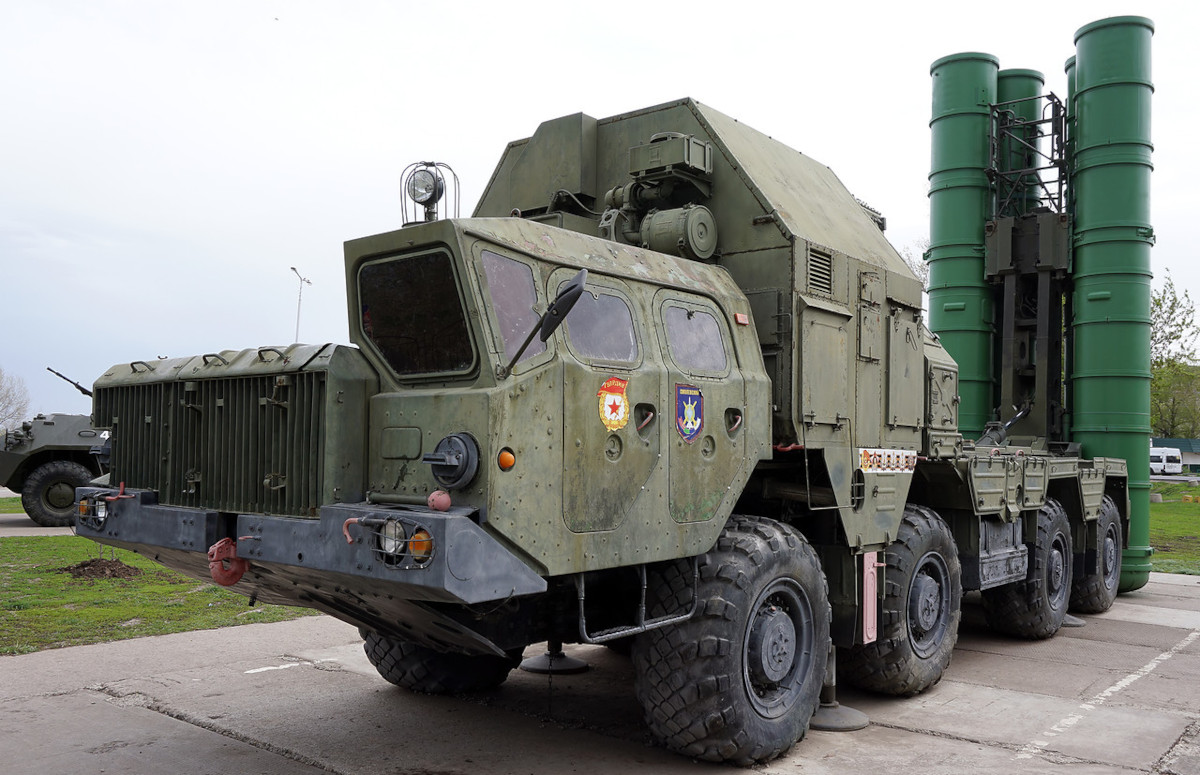
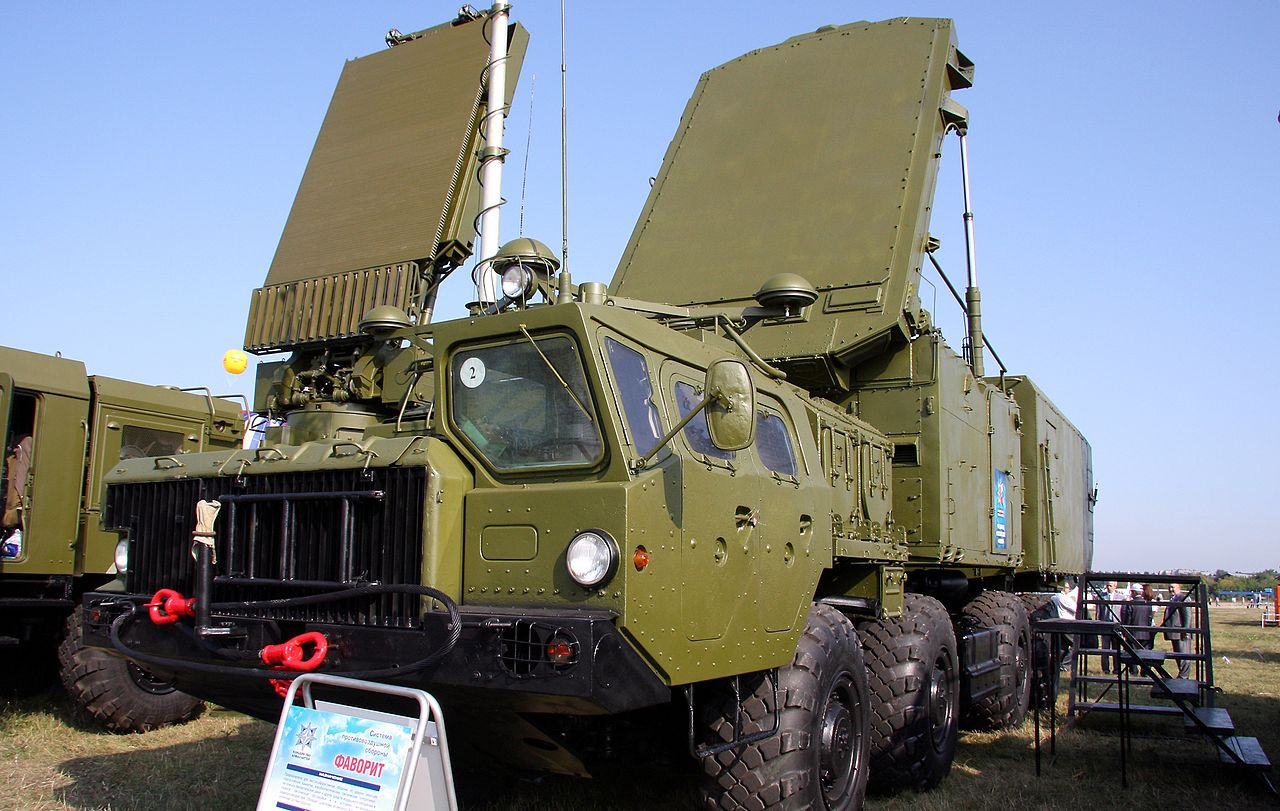
Closer inspection of the vehicles on the railcars seen in the yard in Ohio strongly suggests that the 5P85S TEL and the 5N63/30N6 Flap Lid radar vehicle, at least, are very good quality mockups. The two ‘trucks,’ which have no tires on their wheels, are clearly on trailers. In addition, they have what appear to be fixed supports not found on actual examples of either vehicle.

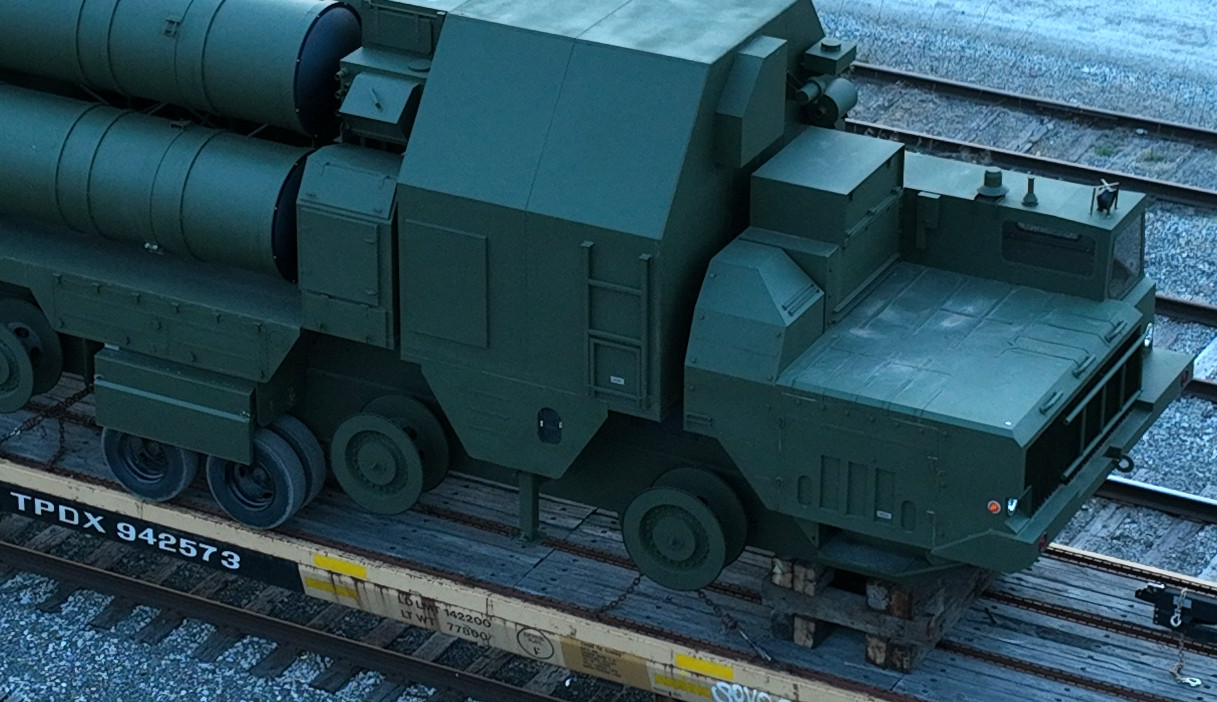
Beyond all this, they look very similar to pictures of known mock 5P85S TELs that were included in U.S. Air Force contracting documents posted online four years ago. At the time, the service was expressly looking to buy two high-fidelity facsimiles of TELs associated with the PMU-1 and -2 variants of the S-300, and included the images as examples of what it wanted to buy.
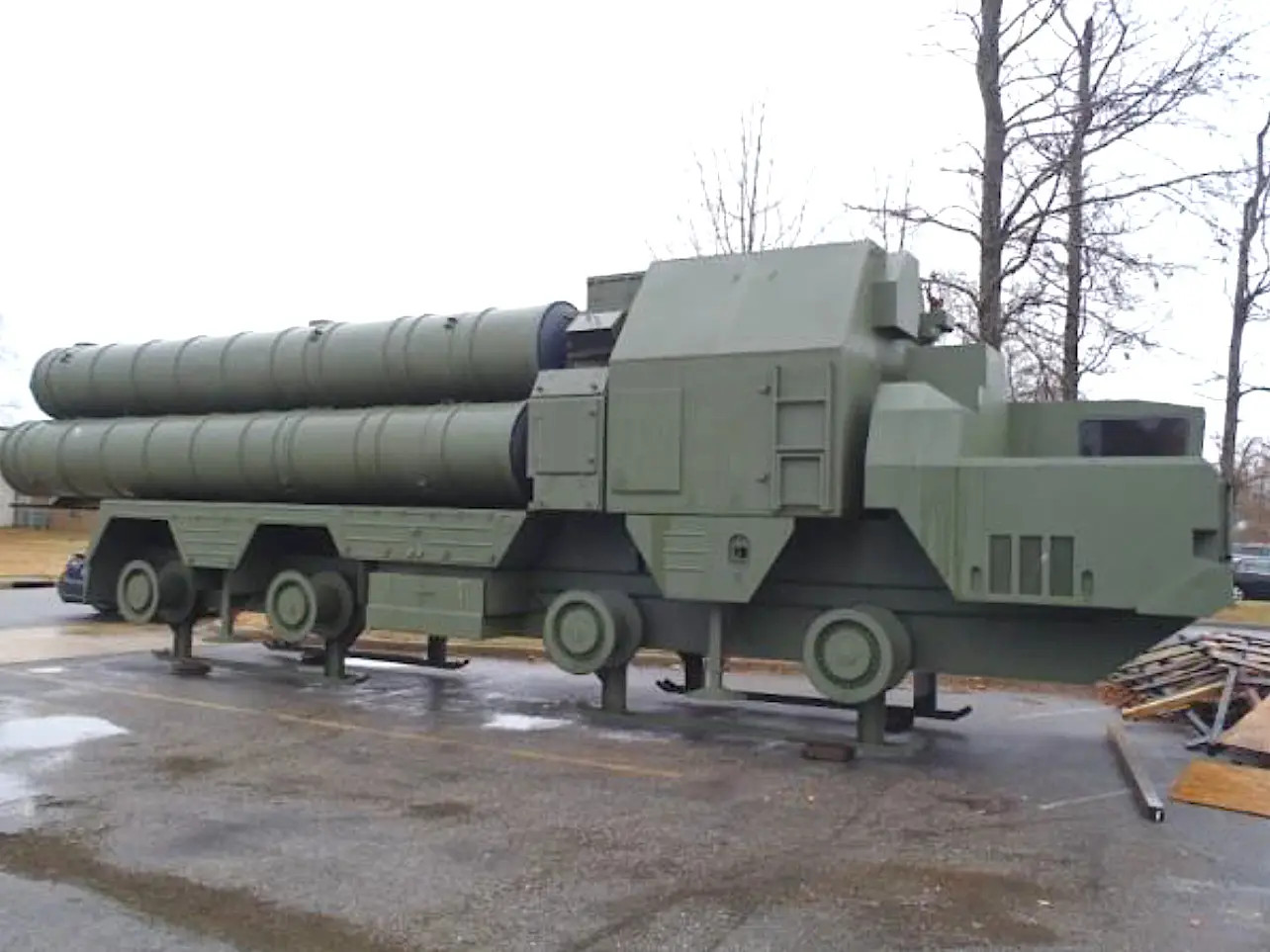
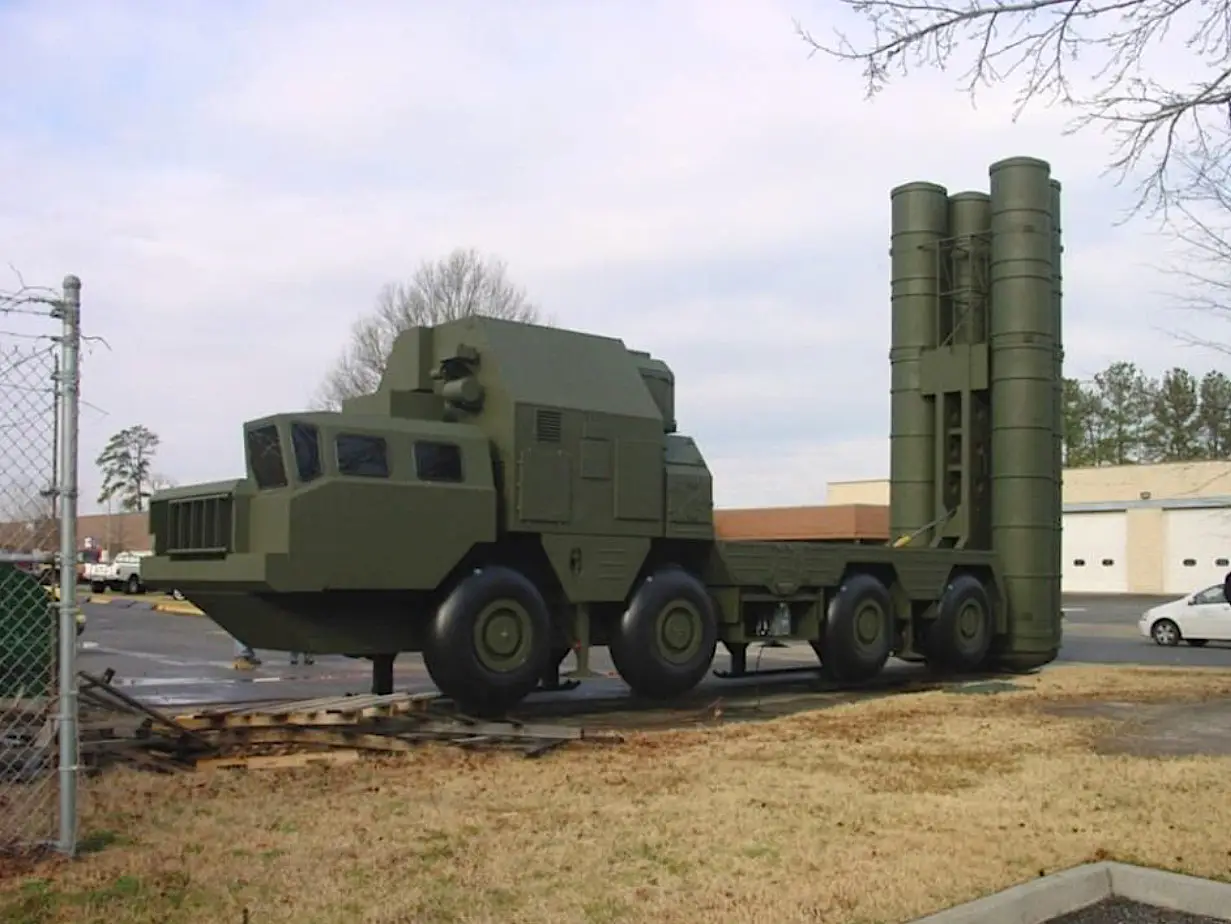
It’s unclear whether the Air Force ultimately completed any acquisition of faux S-300 TELs, or whether the service had any at the time already or has purchased others since. The 2019 contracting notice was put out by Air Force Materiel Command, by way of the Ogden Air Logistics Complex (OO-ALC) at Hill Air Force Base in Utah. The War Zone has reached out for more information.
Whether the Tor-M1s are real or not is a bit less clear, although they seem to be mockups as well. The U.S. Air Force is known to have these units in its possession, including at least one example of the more modern Tor-M2E, which it uses for various test and training activities. The same can be said for the S-300 system. The U.S. military, as a whole, has a variety of Soviet-designed surface-to-air missile systems, as well as other foreign materiel, that it has acquired over the years for reverse engineering, general intelligence-gathering, research and development, test and evaluation, and training purposes.
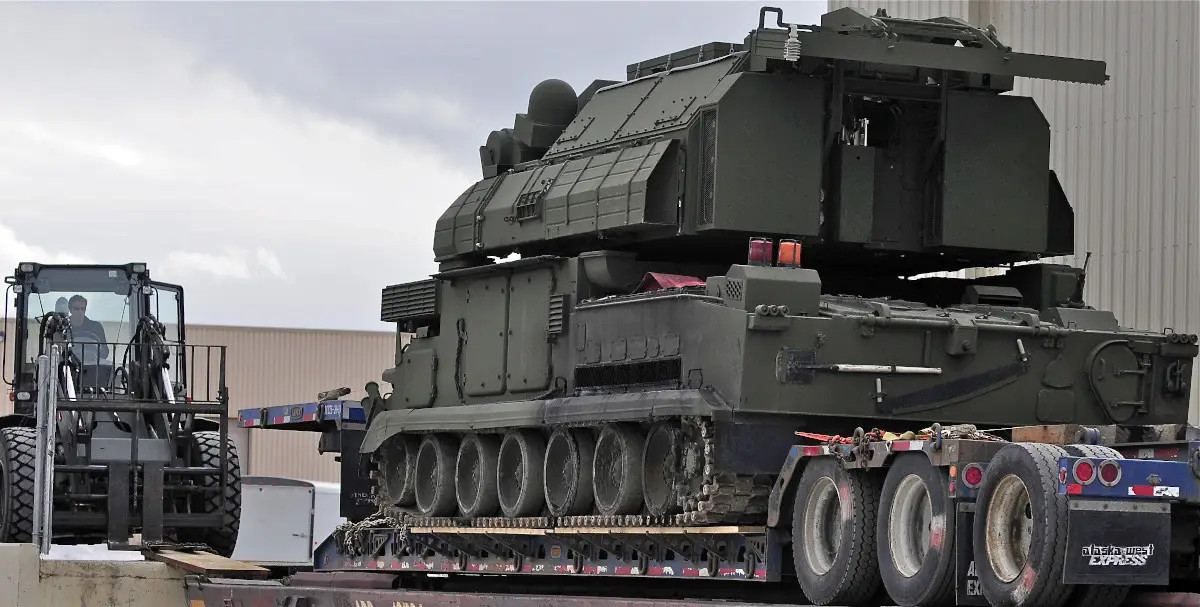
There are some key visual indications that point to these being mockups, such as differences in the construction of their tracking radars compared to known real examples, what looks to be an odd green color to their tracks, and what may be evidence of them riding on top of trailers like the apparent S-300-related mockups, among smaller details.
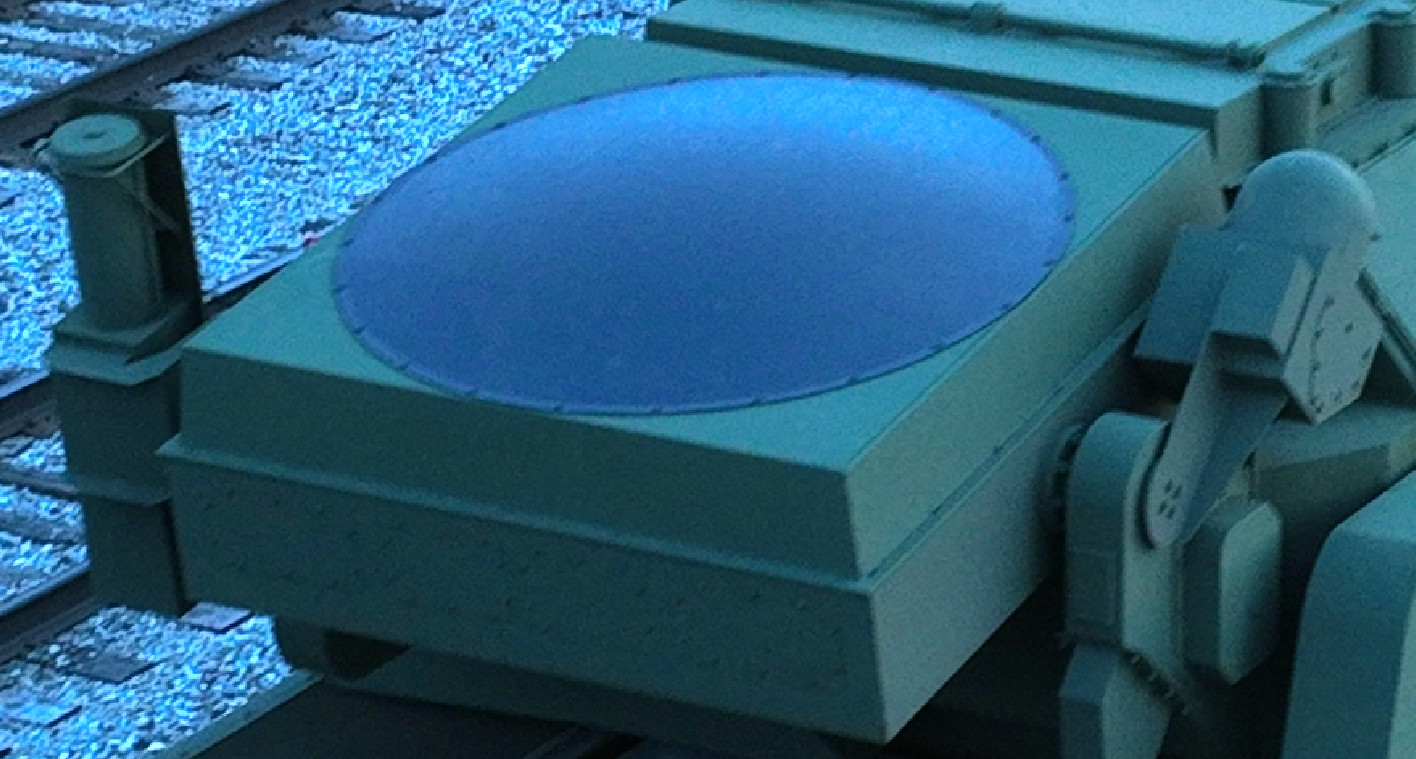

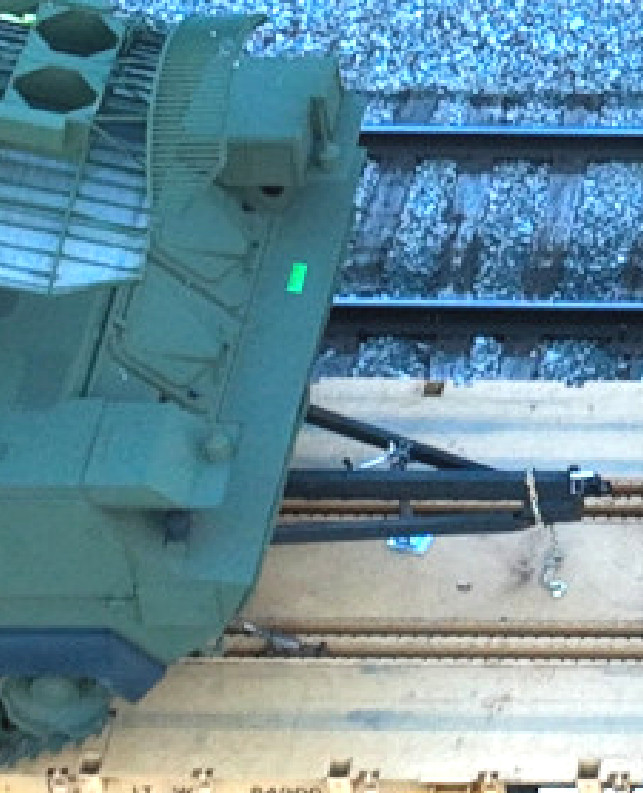
At least one private company, the California-based OPFOR Solutions, makes mockups of the Tor series, among other things, that it says are suitable for military test and training purposes, as well as for use as decoys or even as movie props. A picture of one of the company’s faux Tors shows that it also has green-colored tracks, but it appears to be far less realistic than the ones seen in the Norfolk Southern rail yard. Its tracking radar is also emblazoned with the company logo, which might indicate that it is a lower-quality example used for marketing purposes.
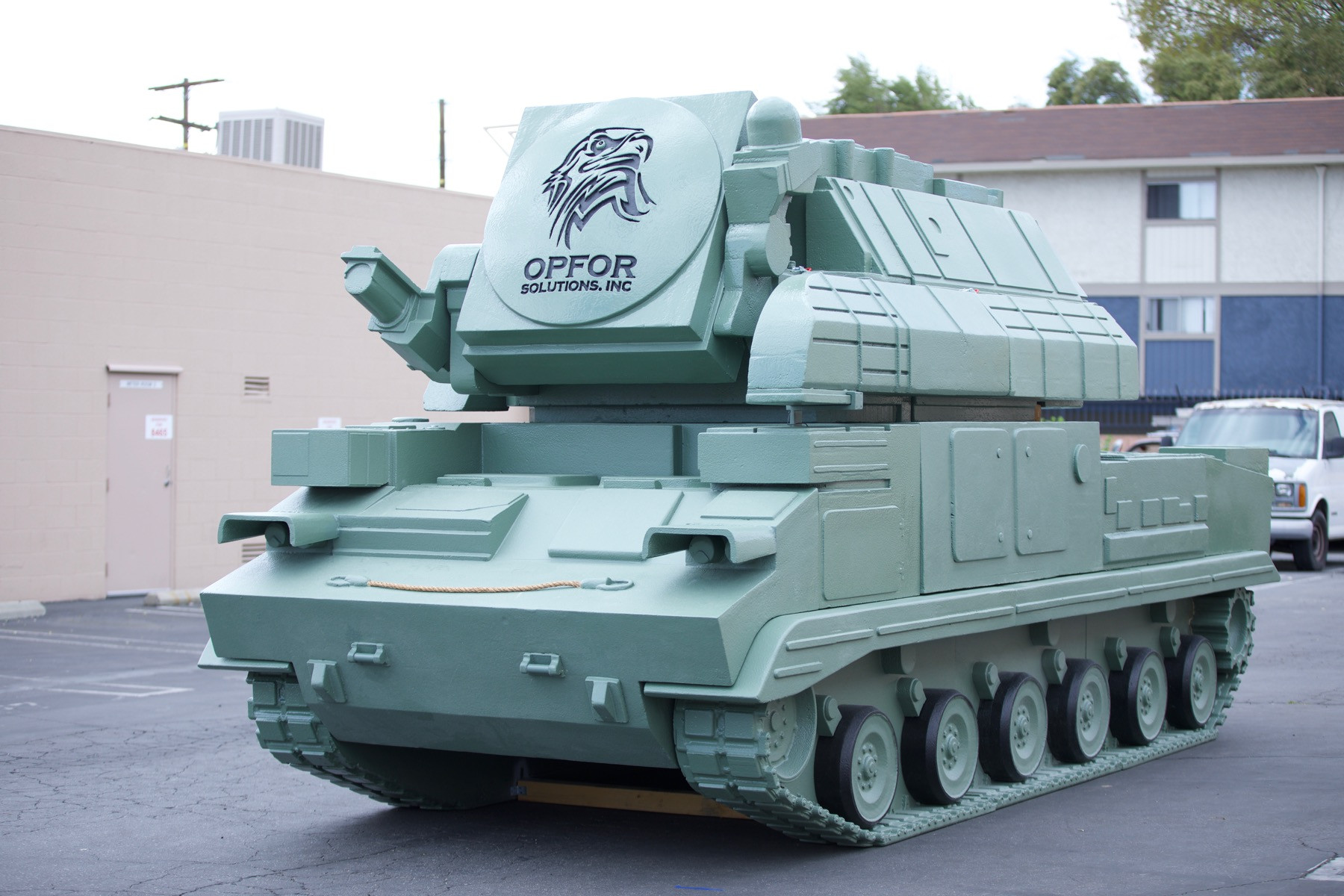
The War Zone has also reached out to OPFOR Solutions for more information.
If the S-300-related vehicles are not real, this would further point to the rest of the cargo on the railcars being mockups, as well.
The railcars are also owned by a commercial company, TTX, rather than being from the U.S. military’s own fleet of rolling stock. However, while it might also seem odd that real military equipment would be transported on commercial railcars, we do know that the U.S. military uses commercial transportation companies to move very real military hardware around the country.
Just recently, a Russian-made T-90A tank, captured in Ukraine and shipped to the United States, appeared on a trailer at a truck stop in Louisiana on its way to the Aberdeen Test Center (ATC) at the U.S. Army’s Aberdeen Proving Ground in Maryland. The War Zone was the first to report on the circumstances surrounding that vehicle, which you can read more about here.
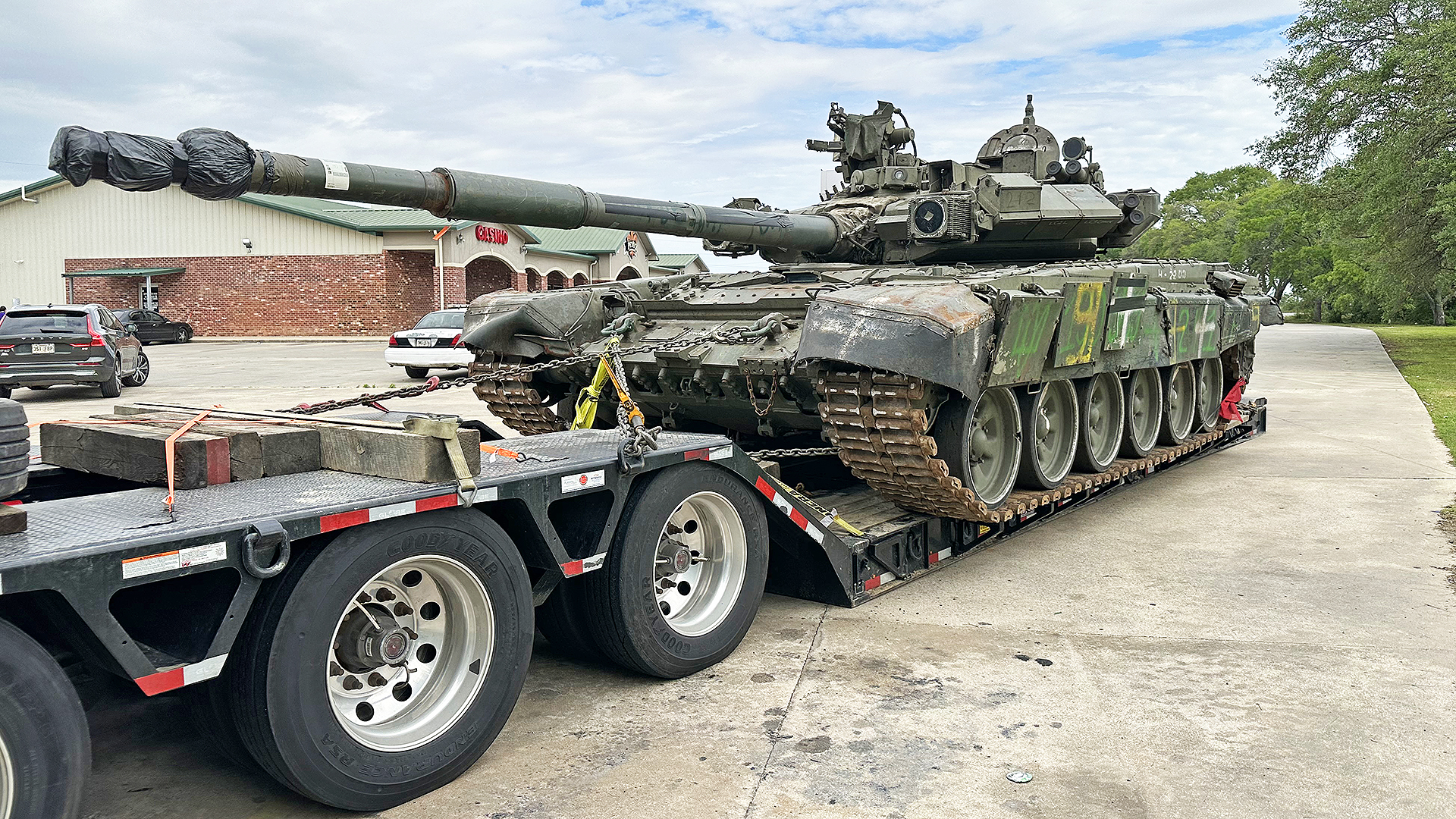
If the rail cargo that Joseph Zadeh spotted in Ohio does belong to the U.S. military, or contractors working on its behalf, it could be useful in a number of contexts. Depending on how exactly they are configured they could be employed for testing and evaluating new systems, such as aircraft-mounted sensors, weapon seekers, or self-protection systems.
Even above these uses, high-fidelity mockups like these can offer critical advantages and are useful alternatives to the real thing when it comes to training. This includes adding important realism during large-scale exercises. Having representative surrogates that can look just as the real thing would on radar and optical sensors, as well as the human eye, is becoming even more important for air combat training as sensor technology and automated detection and classification of various vehicles quickly evolves.
Good quality mockups can be paired with purpose-built systems designed to mimic various air defense threats to make up for a lack of built-in capabilities, too. The Air Force said that this was the plan for the S-300 TEL mockups it was interested in buying four years ago.
“New advancements in technology require these surrogates to be signature accurate to assist in training,” the Air Force’s 2019 contracting announcement about the planned purchase of S-300 mockups had explained. The notice further stipulated that the faux TELs had to have a radar cross section similar, if not identical to the real thing, as well as representative signatures when viewed through electro-optical and infrared sensors.
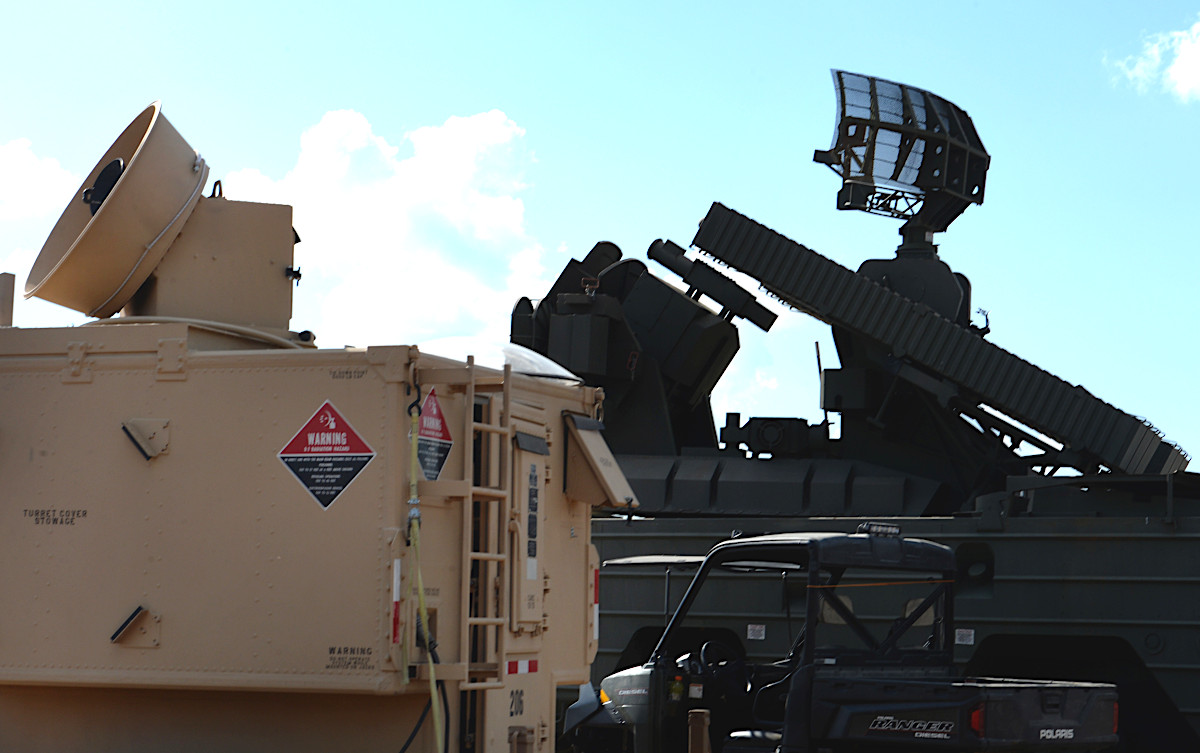

Mockups can, of course, just be cheaper and easier to acquire, transported around to where they are needed, and used for various purposes. The U.S. military, among others, routinely uses real and mock dissimilar systems in training to help acclimate personnel to relatively basic tasks like rapidly discerning whether vehicles seen at a distance are friend or foe.
“High-fidelity surrogates are necessary to provide training of cognitive skills to live air crews,” the Air Force said back in 2019 regarding its plans to buy the faux S-300 TELs.
Whatever the case, Joseph Zadeh definitely stumbled across some interesting and unusual items at the Norfolk Southern yard in Bellevue, Ohio. We will certainly keep readers appraised of whatever we learn going forward.
Contact the author: joe@thedrive.com
